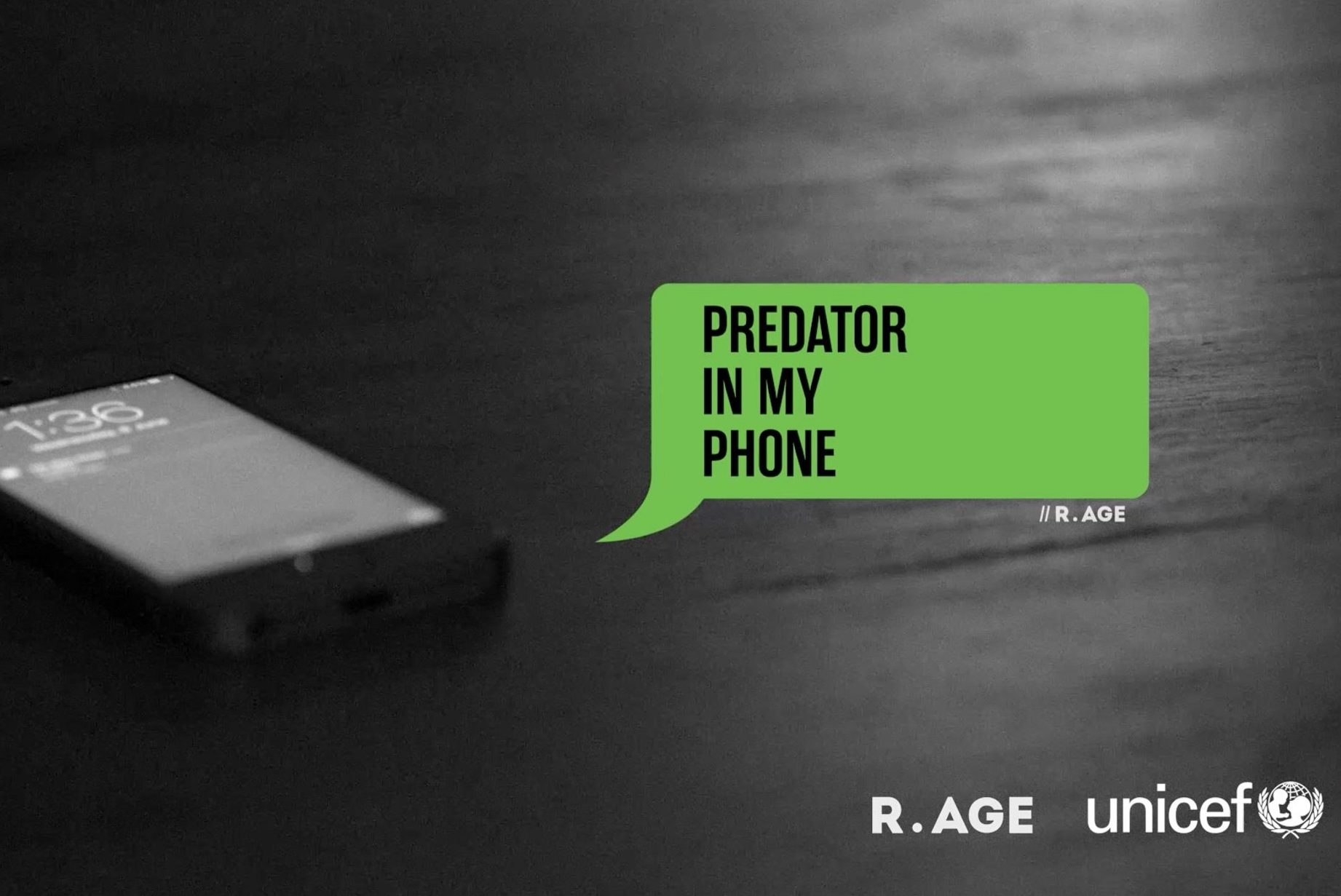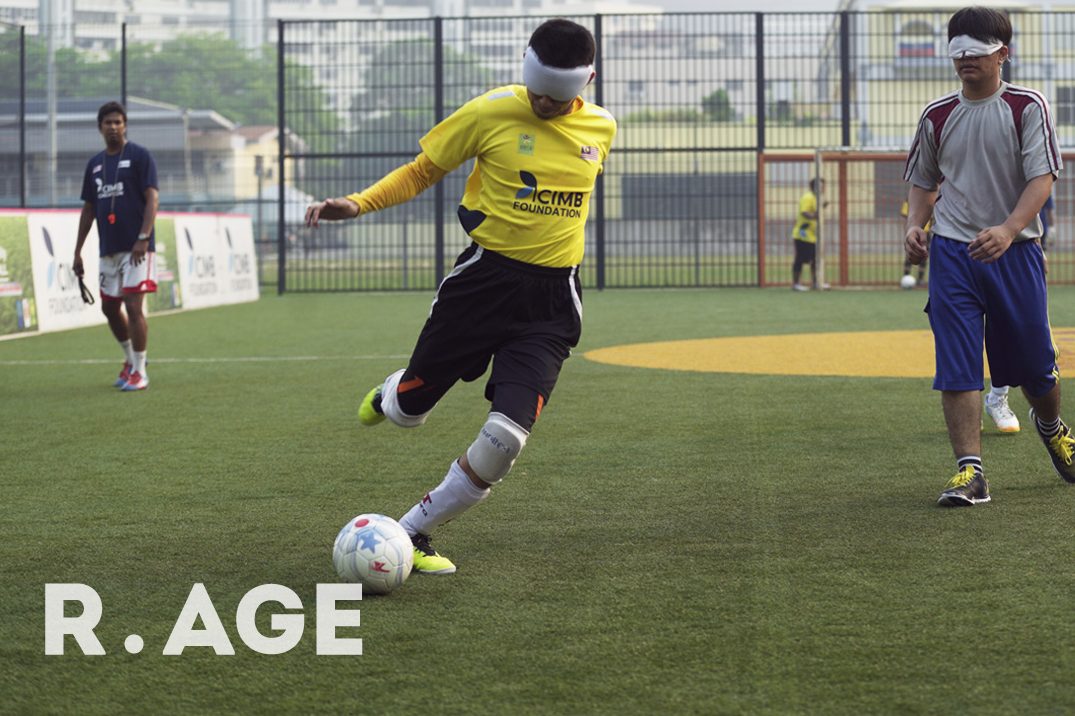THERE probably has never been a better time to be a content creator in Malaysia.
Over the past few years, we’ve seen young Malaysian YouTube filmmakers, animation studios and game developers all take their craft to the next level – and make some pretty good money doing it.
In fact, it’s estimated that the Malaysian games industry alone will be worth close to RM870mil by next year.
And behind this local digital content revolution is the Malaysian Digital Economy Corporation (MDEC), or more specifically, its Creative Content & Technologies division. And yes, we actually have a government agency set up to help support, accelerate and fund creative content creators.
Spearheading this initiative is Hasnul Hadi Samsudin, a former senior manager at the Oscar-winning visual effects studio Rhythm & Hues.
R.AGE caught up with Hasnul recently for a very candid chat about the industry, how our independent content creators are mixing it up with big corporations, and his advice on levelling up your content game.
What does it take to be successful with creative content?
There are usually three things to look at when you’re creating content. You always have to look at the audience, who you’re creating the content for. You have to tell your stories based on the target audience.
And then there’s the genre. Audience and genre have always been very important.
But now there’s a third element you have to think about – the medium. On YouTube, you only watch two to three minutes of content. So you have to make sure the story you’re telling fits the medium, be it mobile, TV or feature film.
People are applying their content to different mediums now. Transformers, for example, is a feature film, but it’s also a game, a TV series for kids and so on. You would want to monetise your content in as many different ways as possible.
That’s where we come in. We don’t just help Malaysian companies produce content, we also help them find opportunities to monetise that content.

Les Copaque Production are one of the biggest success stories of Malaysia’s digital content revolution. Their animated series Upin & Ipin is crazy popular.
What’s new in terms of monetising creative content?
Last month, we had the Kre8tif! Conference, which we started in 2009. In the early days, it was about helping people improve their storytelling and the quality of their content. This year, it’s about how to take things to the next level.
We worked with a group called Lima (the international Licensing Industry Merchandisers’ Association) to help our Malaysian companies bring their IP (intellectual property) to the next level, and teach them how to license their content.
A great example is Upin & Ipin. When Les Copaque (the studio behind Upin & Ipin) first started out, it had YouTube and a feature film. Then it went on TV.
After it started doing merchandising and licensing, it found that almost 80% of its revenue came from that. TV pays peanuts for content, maybe a quarter of the cost of production if you’re lucky.
What’s important is the awareness and exposure. So now Les Copaque has Upin & Ipin T-shirts, drinks and restaurants. That’s how they monetise.
I heard a great story from Les Copaque. It was working with a toothpaste brand that wanted to make Upin & Ipin mugs as free gifts, and it decided to produce 200,000 mugs. The company would then give Les Copaque a small cut, like 20 sen or something, for each mug it gave out. Within a week, all 200,000 mugs were gone! That’s how strong the IP is.
So the client went back and said they needed to make another 500,000 mugs, but this time, Les Copaque could ask for a bigger cut for each mug!
Any other local success stories?
Boboiboy is another great example. The team behind the show are the same guys that left Upin & Ipin. They set up their own company to do a different show, about a boy superhero.
And these guys are “MDEC thoroughbreds”. They were assisted by us. In fact, they were interns with us! They were also one of the first tenants of our MAC3 (Malaysian Animation Creative Content Centre) incubator through which they received some grants, and that’s how they started Boboiboy.
Recently, their Boboiboy movie made RM16mil – and their actual target was around RM8-9mil! Frozen only made RM12mil in Malaysia.
These guys were just a group of university students who really wanted to create their own IP, and had the vision to push it forward.
Now they’re working with companies like Takara Tomy (a Japanese toy company) – they do Transformers and stuff – on a new pre-school show. They’re also in talks with Bandai, a Japanese toy maker and video game company.
Most of our digital content creators are small indie outfits. What are the challenges for them?
The problem with one or two-man outfits is discovery. You might have great content, but getting discovered is not easy.
About a year-and-a-half ago, MDEC launched a programme with Google called Made For YouTube where we identified 20 creators, and helped them grow their presence over six months.
The thing with YouTube is you can create as much as you want, but it all depends on how well you market it. One great example from that time was Grim Film, headed by Jared Lee, who was a Made For YouTube participant.
Another one that’s successful now is a company called Digital Durian, which produces Didi & Friends (an animated series for children). And these guys have a following, a community, so they’re making branded content, which is the latest niche area for advertisers.
Guys like Grim Film and JinnyBoyTV were already quite established, but our animation companies needed a little more help.
Upin & Ipin is an exception. Those guys are crazy. They are earning more money now on YouTube than they’ve ever made on TV.
They make around US$70,000 (RM280,000) a month, without really doing anything. And during school holidays, it can push up to US$100,000 (RM400,000), just on YouTube ad revenue.
What are some of the advantages of using digital platforms?
The great thing about having a digital platform is being able to see who your viewers are. You can adapt quickly to what your audience wants, and you can get even more feedback in the comments.
Les Copaque noticed that its viewers were from Malaysia, Indonesia and the United States, so now it has Upin & Ipin dubbed in American English. There was a Malaysian English version before, but the team went to Los Angeles to record another version, and now there’s also a Spanish version. One of those videos had 170,000 views in just one week!
So with digital platforms, you can understand consumers better, something which you can’t do with TV. You’d have to wait for Nielsen to do its surveys, then you’ll know what your ratings are, right? But with digital, it’s all in real time.
Watch Upin & Ipin, en Español
And how are traditional broadcasters reacting to all this?
The big boys are afraid. A lot of content creators are questioning their relevance now. People still appreciate linear TV to a certain extent, especially on event-based content, like football matches or mini-series like Game Of Thrones which people want to watch together.
But the reality is, consumer behaviour is changing, so a lot of the traditional guys are moving that way. Media Prima has Tonton, and Astro has Astro on the Go.
The big boys are running all over the place trying to figure out how to adapt, and now the content creators can choose whether they want to work with these big boys.
We’re seeing a lot of them putting their stuff on YouTube for discovery, then when they’ve built their community, they start pushing out to the mainstream players.
Like Didi & Friends. Digital Durian got a grant from MDEC, and they basically created their show from nothing. They couldn’t get on TV so they went on YouTube, and now they have around 120 million views over two years.
Because of that, they got Astro to invest in their product. About a month ago, they launched it on Astro First, so they’re earning money from both Astro and YouTube.
What we want to do is to see if we can create more of these guys. There are a lot of opportunities with the younger generation. They are so used to having the technology, they don’t need big cameras, they just need a mobile phone to capture all these stories.
The key thing with content creators, whether they’re animation studios or YouTubers, is storytelling, and the quality of your storytelling can only get better if you keep doing content and getting feedback on it. Digital platforms allow you to do that.
Is branded content still the main source of income for digital content creators?
Yes. A lot of brands, especially when they want to target youth, know nobody watches TV anymore. Everybody’s online.
And that’s just for animation. MDEC is very big on games as well. Games are a whole different kettle of fish.
Rather than just playing games, I want to see Malaysians creating opportunities with games as well. And we consider all of it content creation. We can create content for animation, for YouTube, and for games. These are our three main areas.
MDEC’s business strategy this year is about growing our animation companies with IP monetisation – licensing and merchandising – and gaming. We want to make Malaysia a regional games hub.
What kind of games do you see Malaysia venturing into – PC, console or mobile?
Some are venturing into PC, but around 80% of our companies are doing mobile.
The game development scene is still very indie, mostly teams with one or two guys creating a game; very young, very idealistic and enthusiastic people.
We see a lot of these guys, and we want to help them set up sustainable businesses. It’s great that you are enthusiastic, but what happens when you don’t have enough money?
We’re working with a start-up accelerator for games called GameFounders Asia. It’s a global accelerator from Estonia with a base in KL.
Every year, they take in two batches of gaming companies to invest in, and provide mentors to help them grow their products so they can become profitable. And these mentors are from around the world, like the people behind Candy Crush or Angry Birds, to help them level up.
We’ve had some success stories in Malaysia, like Wan Hazmer, who is the lead game designer of Final Fantasy XV. He’s going to E3 (Electronic Entertainment Expo, a major gaming convention) to present Final Fantasy XV to the world, so that’s pretty cool.
Do you feel Malaysians don’t really appreciate how talented some of our content creators are?
It’s not that they don’t appreciate – they just don’t know. A lot of the stuff we do in digital content is not really mainstream.
In any case, Malaysians don’t really celebrate our heroes enough. My job is to make sure we keep creating heroes. It is our duty to help them grow.






Tell us what you think!